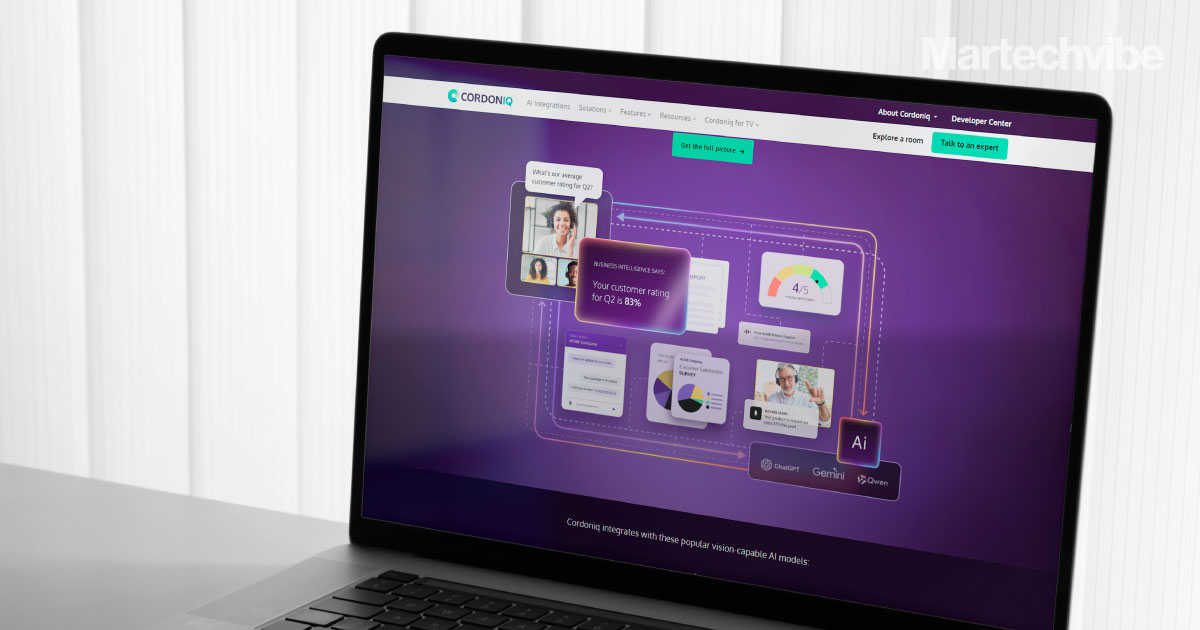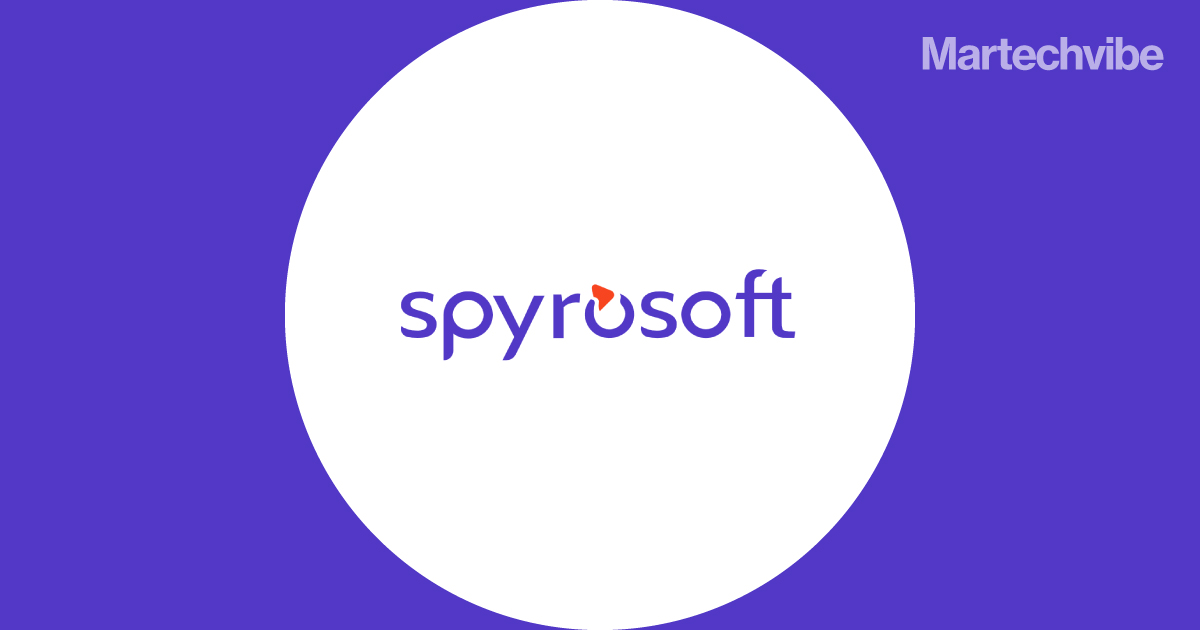
In the current financial services landscape, how we acquire customers is changing, and fast.
Customer acquisition strategies that rely on static segmentation and loose measurement models simply won’t cut it anymore. Between smarter AI tools and stricter privacy regulations, marketers in financial services must rethink how they approach Cost Per Acquisition (CPA) to stay competitive and compliant.
To better understand the trends that affect customer acquisition, we created the CPA Benchmarking Guide for Financial Services. Let’s break these down:
AI-Powered Precision Is Raising the Bar
AI has shifted from being an experimental tool in a “nice to have” capacity to an integral cog in the engine for financial marketers. It’s more than automating tasks; it’s about better organising and sorting through data to understand real people in real time.
With AI, we’re moving past generic audience definitions. Financial brands can now target based on actual behaviours, life stages, and intent signals. That means better-timed, more relevant, and ultimately, more effective campaigns.
Think of it like this: instead of pushing the same offer to everyone, you’re now able to tailor it dynamically, based on someone’s credit profile, financial goals, or prior engagement with your products. That precision leads to better ROI and, importantly, better consumer experiences.
Personalisation Is Now the Standard
Consumers expect more, and rightly so.
When people are making decisions about credit cards, mortgages, or loans, they want to feel seen. Personalised content isn’t just a marketing trend; it’s a trust-building tool. And in financial services, trust is everything.
AI is helping financial institutions deliver that personalisation at scale. Whether it’s serving the right product offer at the right moment or tailoring educational content based on search behaviour, the ability to respond to individual needs is no longer optional; it’s expected.
Privacy-Driven Data Collection
Alongside personalisation, the way we collect and use data is undergoing a major shift.
Privacy regulations are tightening across both the U.S. and Canada, and financial marketers are responding by leaning into first-party, consent-based data practices. This shift isn’t just about compliance, it’s about building sustainable marketing systems that respect user choice and data control.
As attribution becomes more fragmented, particularly in affiliate and partnership channels, some marketers are revisiting how CPA is structured. In certain cases, CPA may be used to bridge attribution gaps and fairly compensate partners who might otherwise lose credit for referrals due to data restrictions. It’s a smart, adaptive move that keeps partner ecosystems healthy while staying aligned with privacy-first expectations.
Building Future-Proof CPA Strategies
From evolving privacy regulations to a focus on AI usage, financial marketers need to be more intentional than ever about building their CPA strategy. When it comes to financial services, the cost of getting it wrong is high, both reputationally and financially.
Here’s what financial marketers can do to improve acquisition spend now:
Refining your partner mix. One of the most effective, and often overlooked, ways to improve CPA is by reassessing your affiliate partner roster. Refining doesn’t mean constricting your partnerships; rather, it’s about being conscious of your success metrics and being willing to experiment safely within those parameters Choose partners who consistently deliver high-quality traffic and conversions. Performance data should guide partner prioritisation, ensuring budgets are directed where they’ll deliver the strongest ROI.
Implementing dynamic payout models. A one-size-fits-all payout structure won’t drive long-term value. Leading marketers are tailoring CPA rates based on qualifying metrics like conversion rates, time to activate, and average deposit balances. This ensures high-performing partners are incentivised appropriately, while aligning spend with true customer value.
Deploying targeted retargeting campaigns. Affiliates can play a critical role in re-engaging audiences who didn’t convert the first time. Equip your partners with the tracking tools they need to follow up on the traffic they’ve sent your way. Let them help do some of the heavy lifting, because when affiliates have the right insights, they can turn missed opportunities into meaningful conversions.
ALSO READ: True Transformation is More Than Upgrading Technology
Leveraging seasonal campaigns. Timing matters. Seasonality plays a significant role in consumer behaviour and cost fluctuations. Work with your partners to launch timely campaigns that align with key financial moments, like tax season, back-to-school, or year-end planning. These seasonal pushes can drive urgency, capture attention, and significantly improve conversion efficiency.
A/B testing affiliate creatives. Don’t guess, test. Optimise partner journeys by experimenting with different creative approaches. Co-branded landing pages can perform well with larger, trusted partners where credibility matters. Meanwhile, long-form product reviews might drive stronger performance when traffic is directed straight into the application funnel. Match the journey to the intent and format, and let the data guide your decisions.
This proactive, partnership-based approach is not just safer, it’s also faster. And in a competitive market, speed matters.
Where We Go from Here
The future of CPA in financial services is about more than just lowering acquisition costs. It’s about building agile acquisition strategies grounded in real-time data, privacy-first practices, and omnichannel engagement. When you pair that with meaningful personalisation and a strong partner ecosystem, you’re not just managing CPA, you’re maximising it. The marketers who succeed will be those who see AI and compliance not as trade-offs, but as twin engines driving smarter, more sustainable growth.
ALSO READ: What Are The Challenges Of A Modern Financial Marketer?

.png) 10 hours ago
1
10 hours ago
1






















 English (US) ·
English (US) ·